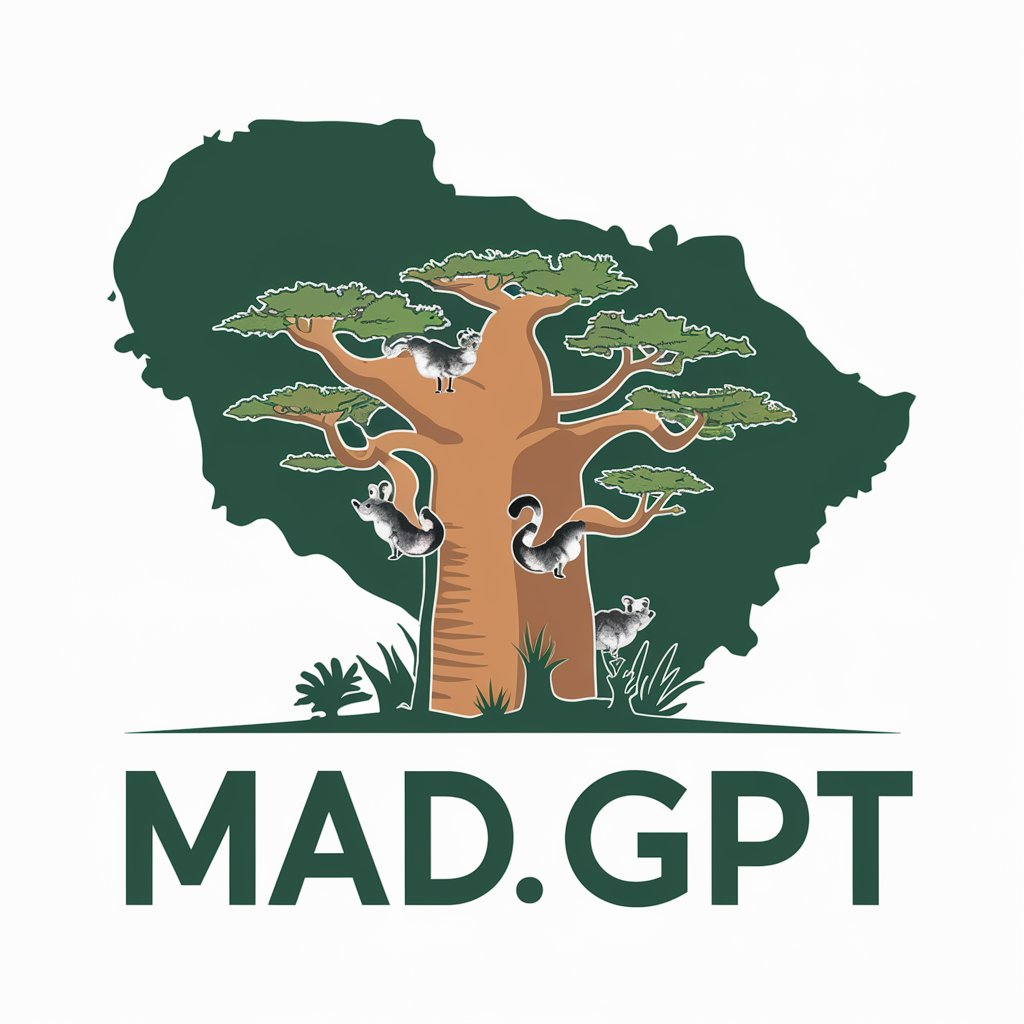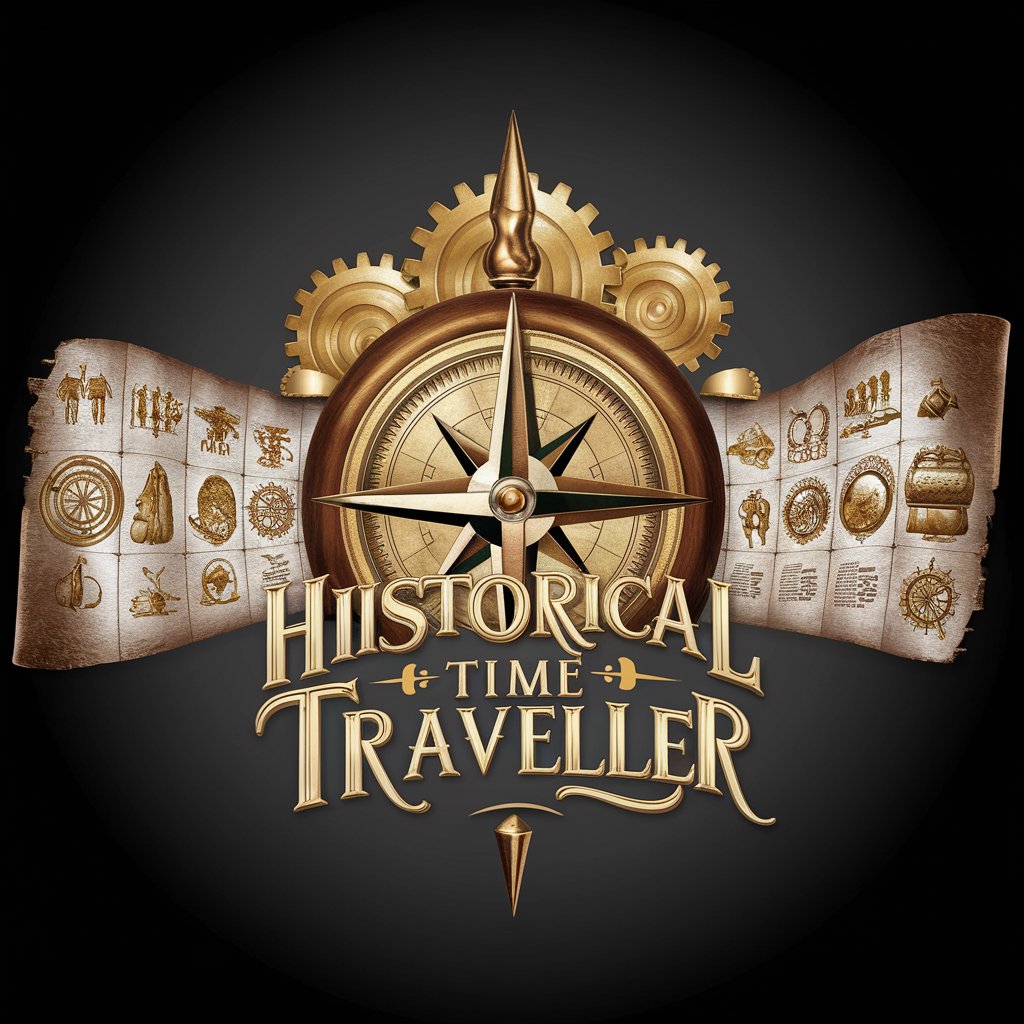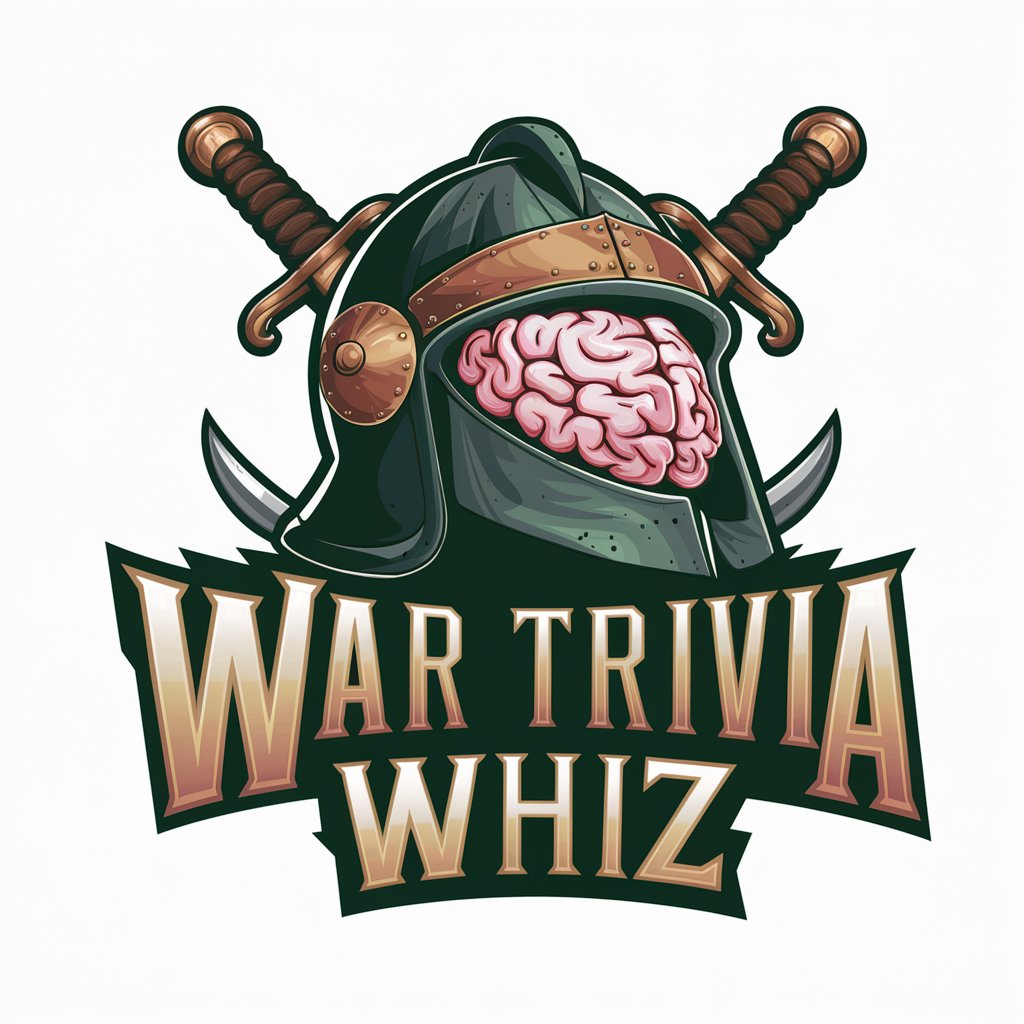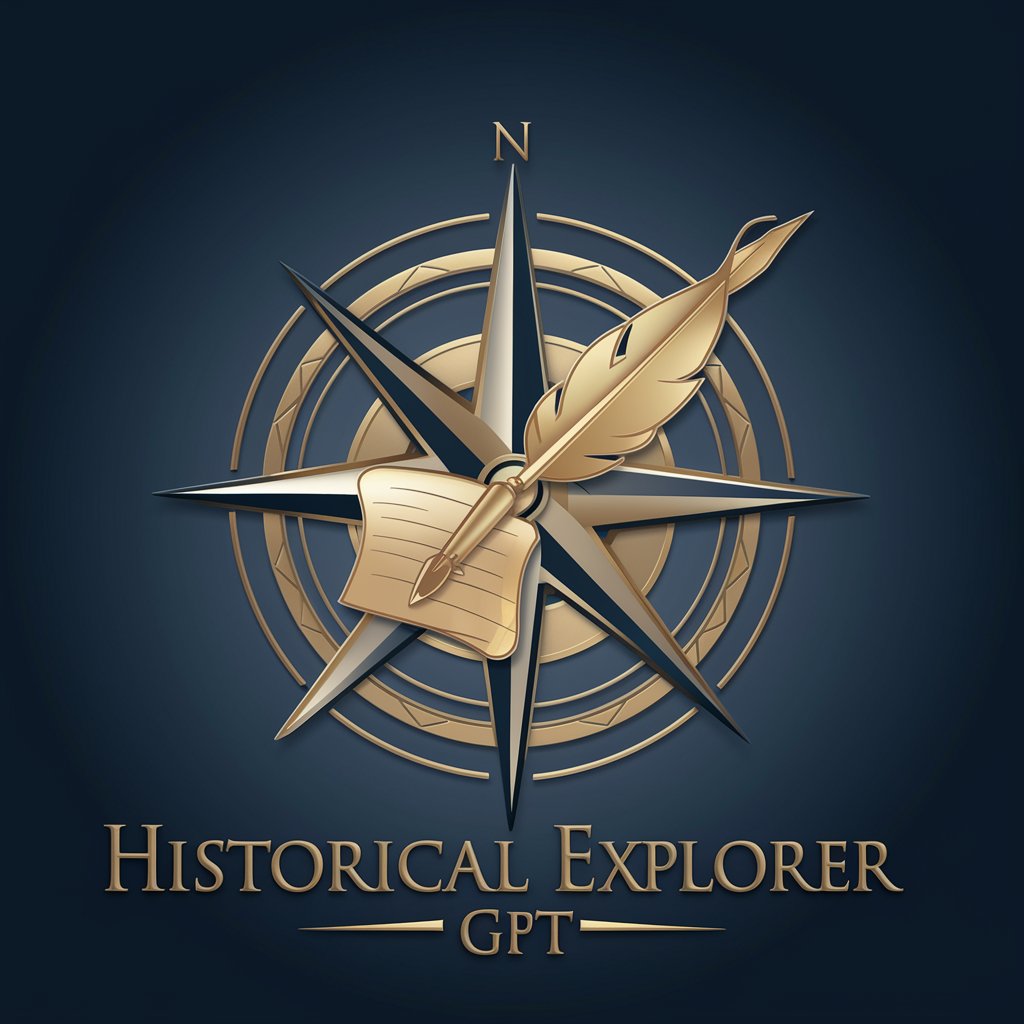11 GPTs for History Research Powered by AI for Free of 2025
AI GPTs for History Research refer to advanced artificial intelligence tools based on Generative Pre-trained Transformers technology, specifically designed to assist with historical research tasks. These tools leverage large-scale machine learning models to understand, generate, and provide insights on historical data, texts, and contexts. By integrating natural language processing capabilities, they offer tailored solutions to explore historical events, figures, trends, and patterns, making them invaluable for historians, researchers, and enthusiasts looking to dive deep into the past.
Top 10 GPTs for History Research are: American History,Mada GPT,Western,Presidential Historian,Historical Time Traveller,War Trivia,中国事情,プロレスに関するetc. 時代も、団体も、全ての垣根を取っ払って,Historical Explorer,戦国時代が好きな人が興味あるアンケート
American History
Explore American history with AI-powered precision.

Mada GPT
Discover Madagascar with AI

Western
Explore the Wild West with AI

Presidential Historian
Dive into Presidential Stories, Powered by AI

Historical Time Traveller
Explore History with AI

War Trivia
Unravel War Secrets with AI

中国事情
Illuminating Chinese history with AI-powered insights.

プロレスに関するetc. 時代も、団体も、全ての垣根を取っ払って
Unleash wrestling history and imagination with AI

Historical Explorer
Explore History with AI-Powered Simulations

戦国時代が好きな人が興味あるアンケート
Dive into the Sengoku era with AI-powered surveys.

JaGPT
Explore Jamaica with AI-driven Insights

Key Attributes of History-Focused AI Tools
These AI GPTs stand out for their ability to adapt across a range of historical research tasks, from analyzing ancient texts to mapping historical events. Key features include language learning for deciphering old dialects, technical support for data-heavy historical research, web searching for sourcing historical documents, image creation for visualizing past events, and data analysis capabilities for identifying trends over time. Their adaptability allows users to tailor these tools from simple queries about historical dates to complex analysis of socio-political movements.
Who Benefits from Historical AI Assistance
AI GPTs for History Research cater to a diverse audience, including history students, academic researchers, educators, and history enthusiasts. They are designed to be accessible to novices without coding skills, offering user-friendly interfaces and intuitive functionalities. For developers and professionals, these tools provide advanced customization options, allowing for deeper analysis and integration into existing research workflows.
Try Our other AI GPTs tools for Free
Hospitality Advice
Discover how AI GPTs for Hospitality Advice revolutionize guest experiences with personalized services, operational efficiency, and targeted marketing strategies.
Army Customization
Explore AI GPT tools for Army Customization, harnessing AI to revolutionize military operations, planning, and training with tailor-made solutions.
Theme Design
Discover how AI GPTs for Theme Design are transforming the creative process with automated, tailored solutions for website themes, interfaces, and visual content.
OBS Setup
Discover how AI GPTs for OBS Setup revolutionize streaming with automated features, voice control, and real-time content adaptation for an enhanced broadcasting experience.
Audio Management
Explore the future of audio management with AI GPT tools, designed to transform how we edit, analyze, and interact with sound.
Video Recording
Discover how AI GPTs for Video Recording are revolutionizing video production with automated editing, content generation, and real-time analytics, tailored for creators at all levels.
Expanding the Horizon with AI in Historical Inquiry
AI GPTs for History Research offer a new dimension in historical inquiry, making it easier to sift through vast amounts of data and uncover hidden insights. Their integration into historical research represents a shift towards more data-driven, analytical approaches, complementing traditional methods with powerful AI capabilities. These tools not only facilitate research but also inspire innovative ways to engage with history.
Frequently Asked Questions
What exactly are AI GPTs for History Research?
They are AI tools designed to support historical research by leveraging GPT technology to analyze, understand, and generate insights on historical data.
Can AI GPTs read and analyze ancient languages?
Yes, many of these tools are equipped with language learning capabilities that can help decipher and interpret ancient texts.
Are these tools suitable for beginners in historical research?
Absolutely, they offer user-friendly interfaces that make them accessible to individuals without prior experience in coding or AI.
How can developers customize these AI GPTs for specific research needs?
Developers can access APIs and development kits to tailor the functionality of these tools, integrating them with other systems or adapting them for specialized research tasks.
Do AI GPTs for History Research require internet access?
While many features can be used offline, access to the most current information and certain capabilities may require internet connectivity.
Can these tools visualize historical events?
Yes, some AI GPTs include image creation features that can generate visual representations of historical events, figures, or artifacts.
How do these tools handle data privacy and security?
Reputable AI GPT tools implement stringent data privacy and security measures to protect the integrity and confidentiality of research data.
Are there any limitations to using AI GPTs for History Research?
While highly versatile, these tools may not capture the full nuance of historical contexts and should be used as a complement to traditional research methods.